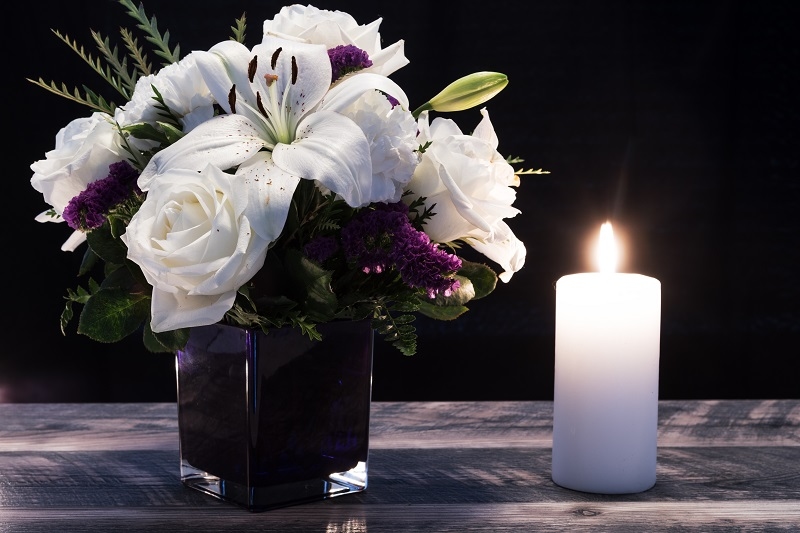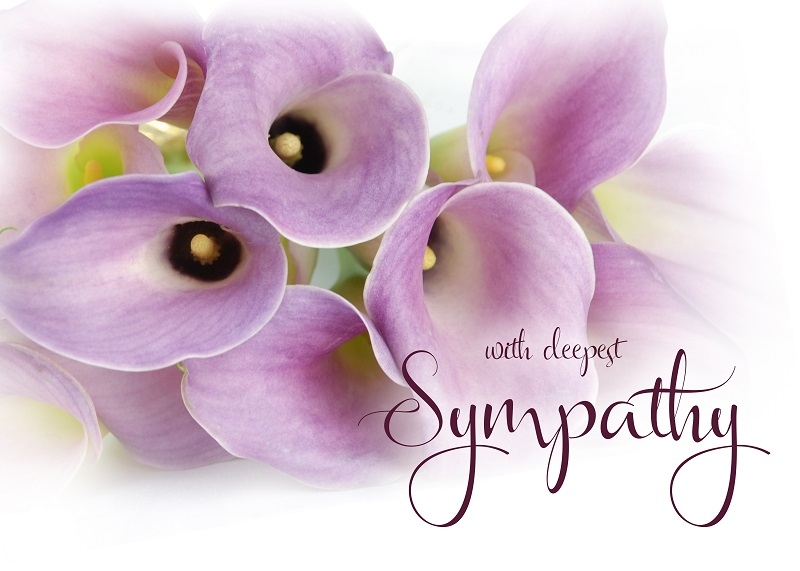
Grief is one of those things that never feels easy to respond to. You want to help, you want to comfort, but the words don’t come. That’s when flowers step in. They’ve always been more than decoration. They carry messages when silence feels heavy. They soften hard spaces. They remind us of beauty, even in loss. Sending sympathy flowers is not about solving grief—it’s about showing up with something gentle, a gesture that says, “You’re not alone.”
And yet, choosing them can feel overwhelming. Should it be white roses, a lily arrangement, or something personal to the person who has passed? Is a big bouquet right, or will something small be more thoughtful? These questions are natural, and the truth is, it’s less about rules and more about intention.
When you walk into a memorial service, the first thing you often notice is the flowers. They’re there on tables, near photos, sometimes around the casket. They don’t erase the sadness, but they bring softness into a room full of grief. That’s their role.
For families, receiving sympathy flowers means knowing that people cared enough to send something beautiful at a difficult time. It’s not about extravagance—it’s about presence. They say what we often struggle to: “I see your pain, and I’m with you.”
Not every bouquet has to be grand. Sometimes the smaller gestures say more. If you’re looking at condolence bouquet ideas, think about your relationship with the family.
It’s less about following a rulebook and more about matching the gesture to the closeness you share.
Certain flowers feel especially right for moments of loss. Lilies are among the most common flowers that symbolize peace. Their white petals suggest innocence and renewal. Chrysanthemums, depending on culture, carry meanings of honour, grief, or loyalty. Orchids stand for eternal love. Even roses, depending on colour, have layered meanings—red for love, white for reverence, yellow for friendship.
Choosing flowers with these meanings in mind makes the arrangement more than pretty. It turns it into a quiet message of comfort.
White is the colour most often linked to mourning and remembrance. It’s not a coincidence. There’s something about its simplicity that feels calming, pure, and respectful. That’s why white flowers meaning in sympathy carries so much weight.
White roses, lilies, carnations, and orchids all find their way into sympathy arrangements because they say something without words: peace, reverence, remembrance. They don’t demand attention, but they steady a space with their presence.
Tradition plays a big role in funerals, and flowers are no exception. Some of the best flowers for funerals are ones tied closely to cultural meanings.
Of course, not every bouquet has to follow tradition. Sometimes, choosing sunflowers for someone who always loved their brightness is more fitting. The most thoughtful gestures often balance cultural customs with personal touches.

Sending flowers is one thing. Sending thoughtful sympathy arrangements is another. The difference lies in the details: the colours, the size, the shapes.
Soft shades—white, cream, light pink—create calm. Wreaths, with their circular shape, symbolise eternity. Mixed bouquets that include greenery feel natural and soothing. The most thoughtful arrangements don’t shout. They whisper comfort.
What matters most is that they reflect sincerity. A hand-tied bouquet or a carefully chosen spray is not about being impressive—it’s about being kind.
Many people get stuck when writing the card that goes with flowers. It doesn’t have to be long. It doesn’t have to be poetic. Something as simple as, “Thinking of you in this time of loss” or “Wishing you peace and comfort” is often more than enough.
The flowers themselves carry most of the message. Your note just adds a human touch.
Here’s a common dilemma: do you go traditional or personal? Do you send lilies and roses, or do you send something unique to the person’s life?
There’s no wrong answer. For families who lean on ritual, traditional flowers feel respectful. For others, a bouquet of someone’s favourite flower—maybe wildflowers, maybe sunflowers—feels more personal and healing.
The best approach is to trust your relationship with the family. If you knew the person well, personal touches feel appropriate. If you didn’t, traditional choices ensure respect.
Sympathy doesn’t stop after the funeral. Grief lingers. That’s why flowers can be just as meaningful days or weeks later. A small bouquet on a doorstep, a potted plant that lasts beyond the service, or even a single white rose can remind the grieving that they’re still supported.
The smallest gestures often land the deepest because they arrive when the initial crowd has gone, and the silence of loss feels heavier.
There’s something grounding about choosing flowers that are in season. They feel more natural, more in tune with the moment. Spring offers tulips and daffodils, which carry a quiet sense of renewal. Summer provides lilies and roses, full of warmth and life.
Autumn brings chrysanthemums, which already hold strong ties to remembrance. In winter, amaryllis and evergreens bring dignity and strength. Picking seasonal blooms can also be more practical, but the real beauty is how they reflect the passage of time. Just as seasons shift, grief shifts too. A seasonal bouquet can remind the family that though this moment feels heavy, change and light will eventually follow.
Loss is never easy to face, and it’s never easy to respond to. We fumble with words, we search for gestures, and often, flowers become the bridge. They’re not there to erase grief. They’re there to stand alongside it, to soften its edges.
Whether you’re considering condolence bouquet ideas, choosing flowers that symbolize peace, reflecting on white flowers meaning in sympathy, selecting the best flowers for funerals, or sending thoughtful sympathy arrangements, the goal is always the same. To offer presence. To say, “I care.” To bring beauty into a moment that feels empty.
That’s the quiet role of sympathy flowers. They may not take away the pain, but they remind us that even in sorrow, love and kindness still bloom. And sometimes, that reminder is enough to carry someone through.
This content was created by AI